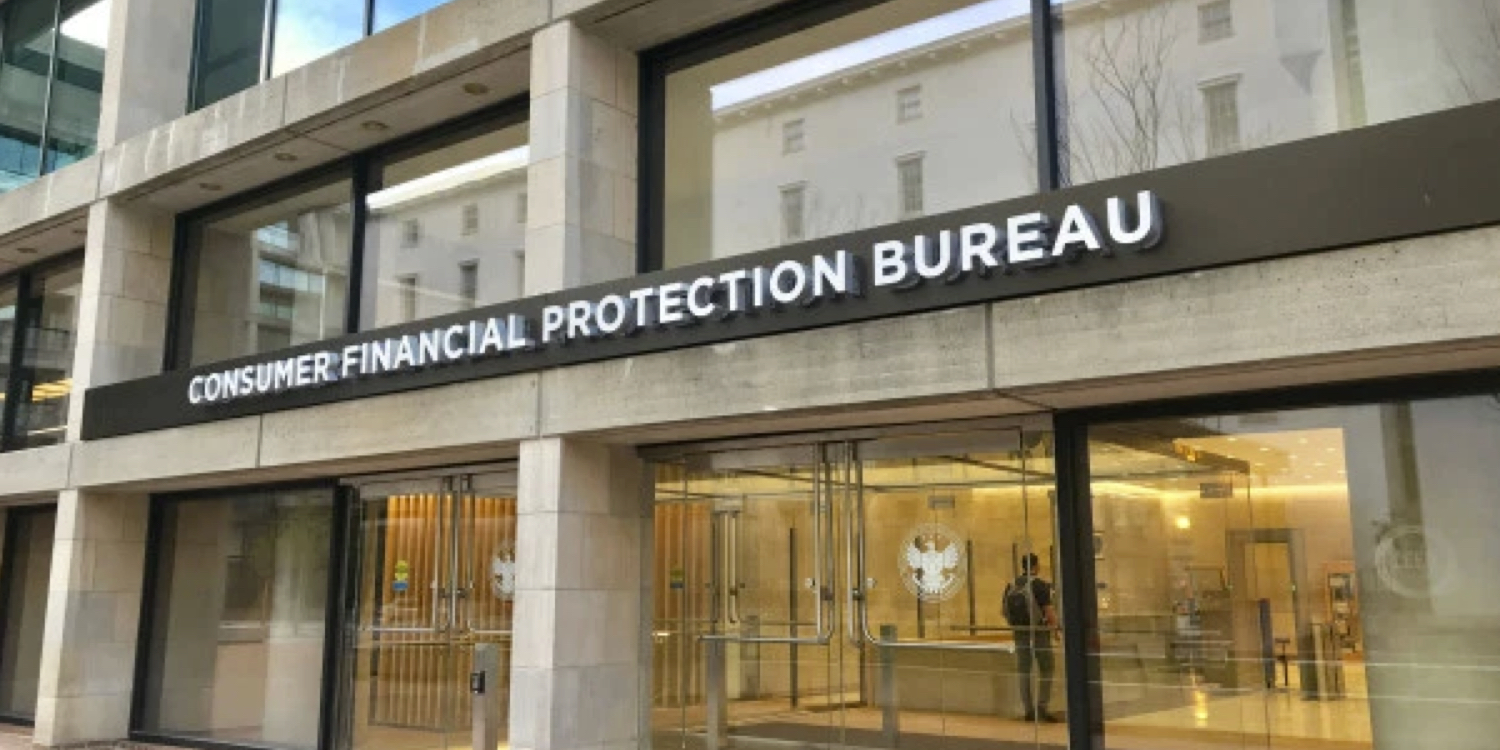Employees of the CFPB will have a lot of time on their hands. Scott Bessent, confirmed as Treasury secretary is now the bureau’s acting director who told CFPB employees to halt most work.
Continue readingCFPB employees told to halt most work
Employees of the CFPB will have a lot of time on their hands. Scott Bessent, confirmed as Treasury secretary is now the bureau’s acting director who told CFPB employees to halt most work.
Continue readingNew Illinois bill prompted by reverse mortgage home improvement scam
One Illinois scammer was so prolific in victimizing older homeowners tricking them into a reverse mortgage that it prompted the State Assembly to draft a new bill.
Continue readingCould DOGE spell the end of the CFPB and defund HUD?
Could DOGE (The Department of Government Efficiency) spell the end of the CFPB and partially defund HUD? Will the incoming Trump administration use a hatchet or a scalpel when cutting the size of government?
Continue readingThe CFPB Bans Former HUD HECM Servicer
Last week the Consumer Financial Protection Bureau (CFPB) issued a consent order against former HECM servicer Novad Management and Sutherland Global seeking millions in civil and monetary damages
Continue readingA Revolution in HECM Calculators
Lenderful Solutions has revolutionized the typical HECM calculator with its Point-of-Sale consumer interface. We interview Paul Lehnert to learn more about this powerful sales tool.
Continue readingA reverse mortgage, sell the house, or Medicaid?
A recent CFPB report examines compliance with Loan Officer Compensation and reverse mortgages are noted…
Continue readingThe CFPB examines LO comp & reverse mortgages
A recent CFPB report examines compliance with Loan Officer Compensation and reverse mortgages are noted…
Continue readingThe CFPB scrutinizes reverse mortgage direct mail ads
On August 9th the Consumer Financial Protection Bureau published it’s analysis of direct mail advertising of reverse mortgages.
Continue readingHurricane Ian traumatized Floridians & their home nestegg
Unable to use the embedded player? Listen here.
EPISODE #744
The CFPB wants to hear from you
The Consumer Financial Protection Bureau (Bureau or CFPB) is seeking comment from the public about (1) ways to facilitate mortgage refinances for consumers who would benefit from refinancing, especially consumers with smaller loan balances; and (2) ways to reduce risks for consumers who experience disruptions in their financial situation that could interfere with their ability to remain current on their mortgage payments. The press release refers to this solicitation as a Request for Information (RFI).
Other Stories:
-
Don’t Be Complacent During The “Critical Retirement Decision” Zone
-
Hurricane Ian traumatized Floridians. It also erased their nest egg











